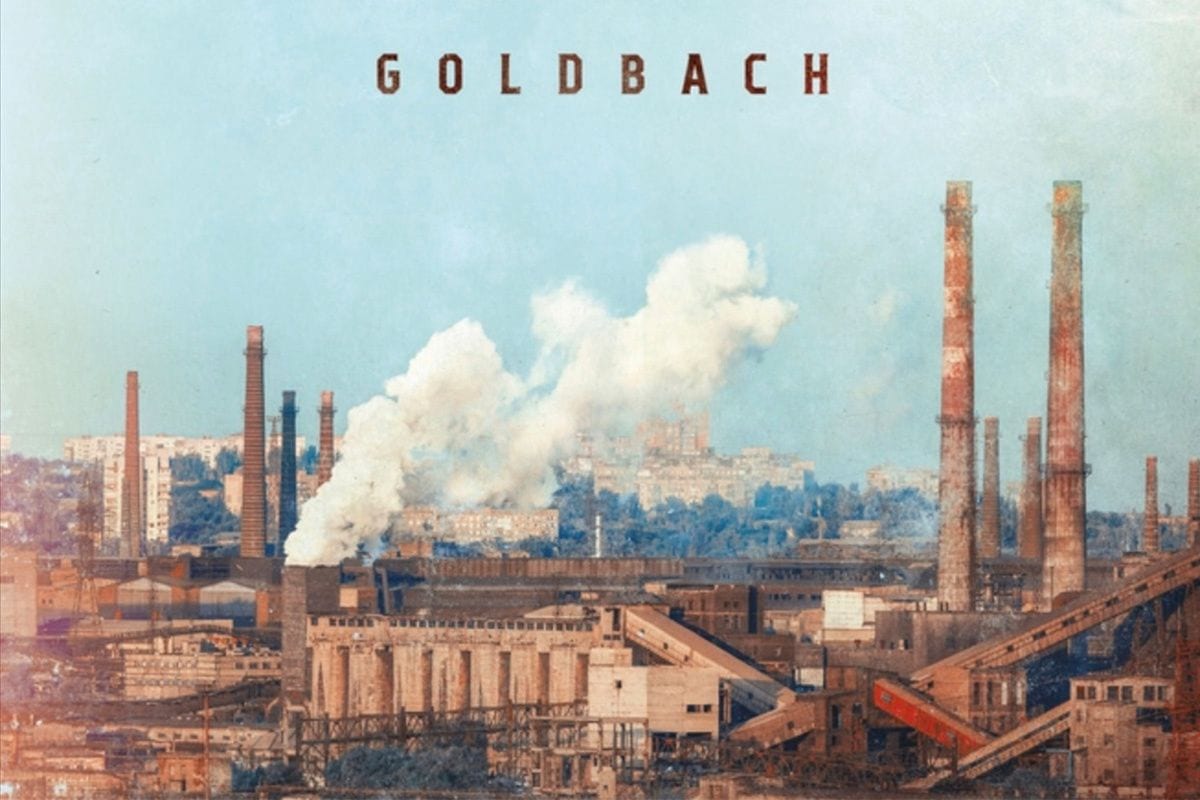
The American Dream is more like a nightmare for most Americans. Or at best it’s a series of sleepless nights, tossing and turning and trying anything to relieve the knots in your stomach. Specific to this subject, American millennials grew up in a media saturated environment that bombarded them with positive messages of The American Dream saying, “You Can Be Anything You Set Your Heart To!” or “Reach for Your Dreams!” Anyone who grew up in this era can recall those faded, crunchy, laminated posters propagating these oft-repeated “positive” messages on the walls of their public school. “Nothing Is impossible!” they probably said.
Millennials were fed the American Dream by the gallon and the pallet, so they had little choice but to digest it. Eliese Colette Goldbach‘s debut, Rust: A Memoir of Steel and Grit, is the story of one descending into the depths of The American Dream and emerging with flecks of graphite dust on her cheeks, a master’s degree in her hands, and a few new friends.
On Its face Rust seems like it’s going to be an exposé of the American steel industry. I know when I read the initial short press for the book I figured I’d be reading something similar to Barbara Ehrenreich’s Nickel and Dimed, which was an exploration of worker exploitation and the effect of low wages on an individual’s livelihood. Nickel and Dimed is a great read and comes highly recommended, but Rust takes a different approach to the American economy. To her credit, Goldbach shines little but love on the Cleveland steel industry. She knows it’s the economic backbone to many lives, and because of this, it becomes the crux of this memoir as well.
You have to zoom out of the story to understand the context Goldbach wants us to explore here. She’s using her story to demonstrate some truths about the millennial generation in America. Millennials are not afraid of a challenge. Millennials are not necessarily entitled brats, and they’re not afraid of putting in their time, either. But they were told to believe some things about their future that did not seem too true when they came of age in the late aughts.
Early on, Goldbach recites a refined version of a thought she had as a child passing by the Cleveland steel mill, “…my generation had been promised a better future than the one contained inside the sulfurous buildings of Cleveland’s industrial valley. We weren’t supposed to settle for trivial jobs that would provide us with nothing more than a paycheck, and adults encouraged us to pursue something more than the drudgery of blue-collar work. If you can dream it, you can do it! They said. The world is your oyster! As a child I took the catchphrases and cliches to heart.”
From there we follow Goldbach’s journey from a high school student with a dream of living in a convent to a liberal post-grad with an academic dream to a steel mill factory worker living one shift from a breakdown. Throughout this trek, Goldbach battles with her past expectations, her present realities, and her future hopes. We follow as she nurtures and then tears apart a loving relationship. We worry as she struggles through mental illness triggered by past traumas and the strange, unrelenting hours of the industrial worker.
We see her fall, and we watch her build herself back up again. Fortunately we also get to laugh occasionally as she struggles with the nuances of the various factory jobs she trains for in the mill. Her ongoing battles with forklifts are especially hilarious.
And even if the book is not really only about the steel mill, the mill is still the center, and the people within are the heart. At one point in her story, Goldbach has met the time requirement to receive a rite of passage, of sorts: she gets to exchange her orange hard hat for a yellow hard hat, signifying she has officially made it in the steel mill. She expects some kind of bliss to build inside of her, but nothing really blooms: “…something was missing. I couldn’t quite put my finger on it at the time — and I didn’t want to dwell –so I turned to Sleepy Bear for approval.”
Through all the tragedy and financial triumphs, nothing was able to meet those lofty expectations she set for herself. Yet, those people in her life were reliable and they were gritty and they were always showing up for work, like Sleepy Bear, whom she worked with in a space she describes as a ‘shanty’.
The mill eventually split them up, and she recounts the way she felt about him: “Sleepy Bear had gotten me over my fear of forklifts. He was there when I got my yellow hat. He guided me through the mill and made a steelworker out of me. Sometimes I even missed the way he snored.” Goldbach spent her first 30-something years pursuing The American Dream and never found it, but she did have a good old time watching a good friend nap. Maybe he was dreaming, too.

